On December 7, 2010, a newly renovated and expanded visitors center at Pearl Harbor opened under the auspices of the National Park Service. The grounds of the new $56 million visitors center feature an overlook of the harbor and a moving vista of the gleaming white, upswept curve of the USS Arizona Memorial and the rest of Battleship Row. Open areas are studded with walkways and benches for relaxation or contemplation.
For decades, it had been apparent that the original center was inadequate to display many of the artifacts from the dastardly attack that plunged the United States into World War II nearly 70 years ago. Additionally, one perspective on the attack had remained in the shadows—that of the Japanese.
Along with prewar newsreels of baseball great Babe Ruth on tour in Japan, there are photos of street life in Tokyo, women wearing the traditional kimono, the typical hustle and bustle of the city. However, amid the apparent tranquility was a burgeoning militarism in Japan, the growth of a potent war machine, and the yearning for dominance in Asia and the Pacific. Japan in the 1930s was rife with political intrigue and assassination. A rising imperialist government recognized that the small nation needed land and natural resources which could only be gained and controlled through conquest. A vast difference in cultures contributed to the long downward spiral toward war as well.
Today, a glimpse of life in prewar Japan seems appropriate to help visitors grasp the reasons why the nation’s leaders found it necessary to go to war with the United States. But why raise the topic now?
Daniel Martinez, the National Park Service’s chief historian at Pearl Harbor, recently told the Associated Press that it was simply not practical 30 years ago. “It was just too recent, and the wounds were still open,” he reasoned. “The idea of exploration of history would have been found unsavory by some of the Pearl Harbor survivors who were still dealing with the wounds of that war.”
As visitors walk through exhibit halls with the themes “Road to War” and “Attack” it does seem logical that the former enemy’s point of view should be acknowledged, if not altogether understood. Did the Japanese leaders really believe there was no honorable course of action left open to them? How did U.S. policy push both nations inexorably toward war as well? How is the addition of the Japanese perspective being received by the dwindling number of Pearl Harbor survivors living today or the families of those who have since passed away?
Martinez realizes that the original intent of the visitors center was to memorialize the suffering and loss which occurred on December 7, 1941. However, he does not shy away from a belief that the more complex issue of historical perspective is important.
“We have to understand it,” he explained. “Our former enemies are now our closest allies. So how do we reconcile that? Part of reconciling it is trying to tell the story as fairly as we can and allow for those different perspectives to come in there so a broader understanding can take place.”
The time may well have come for an effort to broaden perspective and to understand the sweep of history. Japan is a close ally of the United States today—as is Germay. Americans have demonstrated a tremendous capacity to forgive, even to forgive one another as those North and South did following the bloody Civil War. It is important to note, however, that neither forgiveness nor understanding mean that the wound of Pearl Harbor will ever heal or that the sacrifices of those lost that day and on battlefields around the globe will ever be diminished.
—Michael E. Haskew
The Army Historical Foundation has bestowed a Distinguished Writing Award on Bill Warnock for “The Face of Battle,” the story of Sergeant John Parks of the 4th Armored Division, which appeared in the October 2010 issue of WWII History. The award recognizes authors who have made a significant contribution to the literature on U.S. Army history. Our congratulations go to Bill for his fine work.
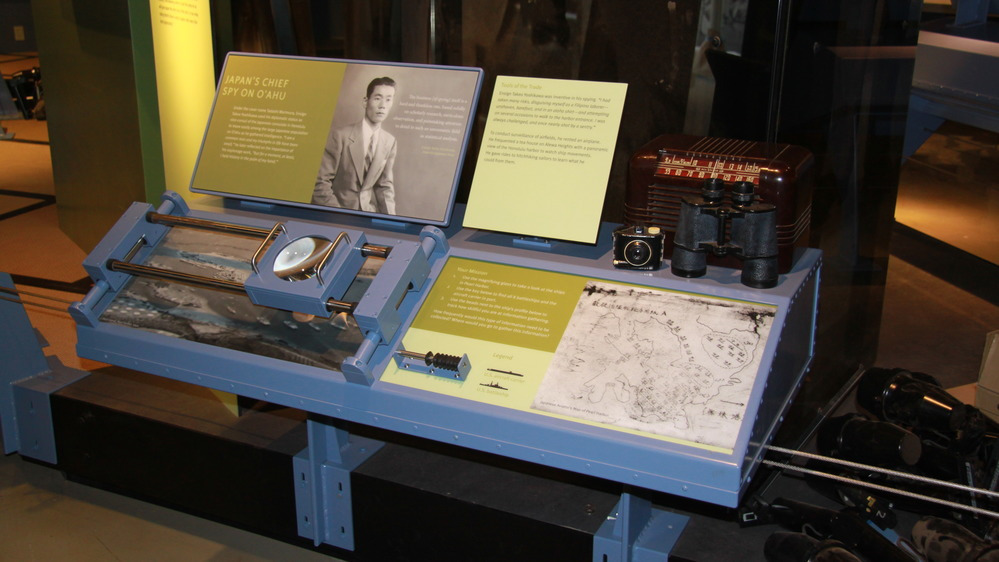
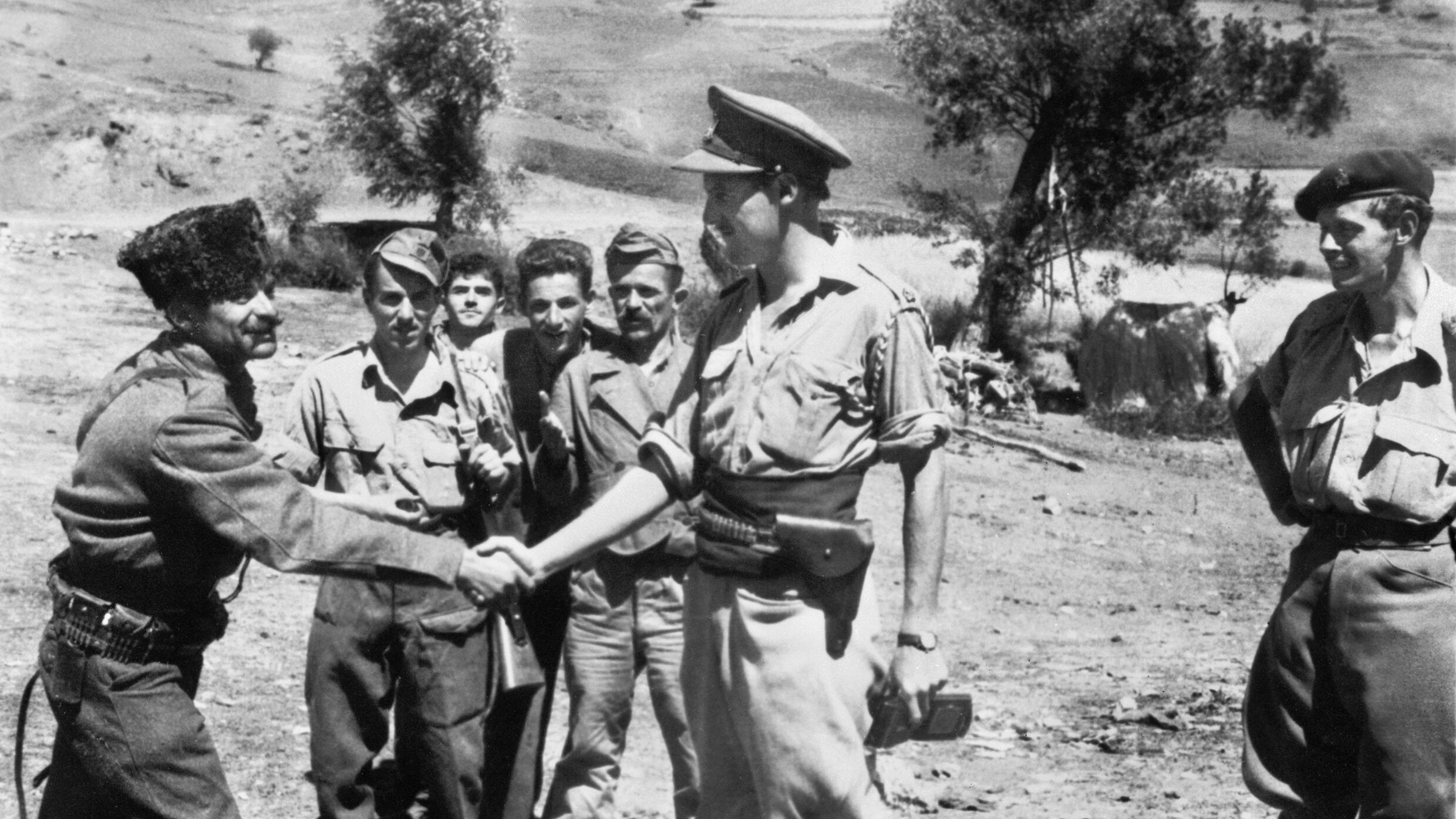
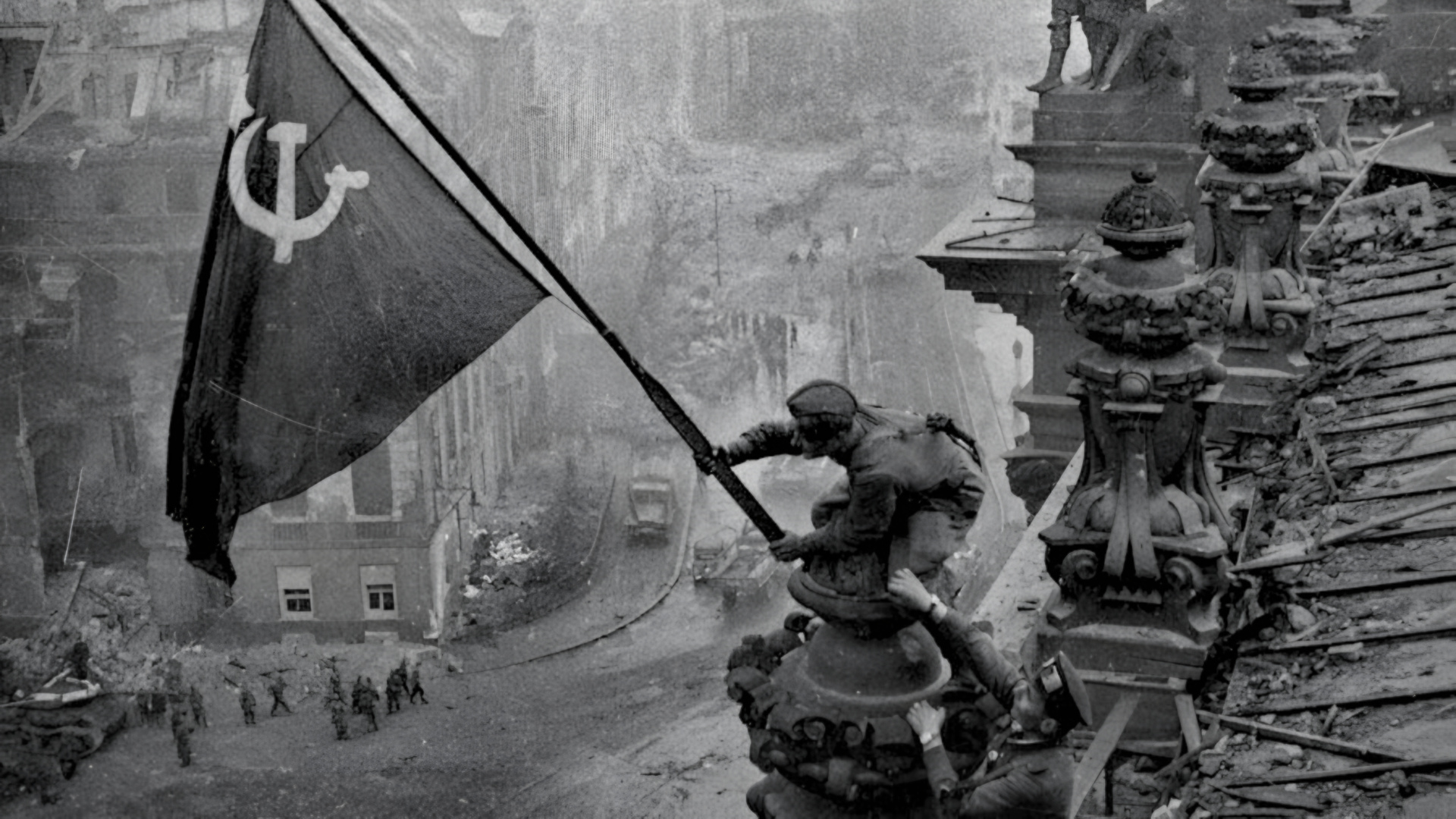
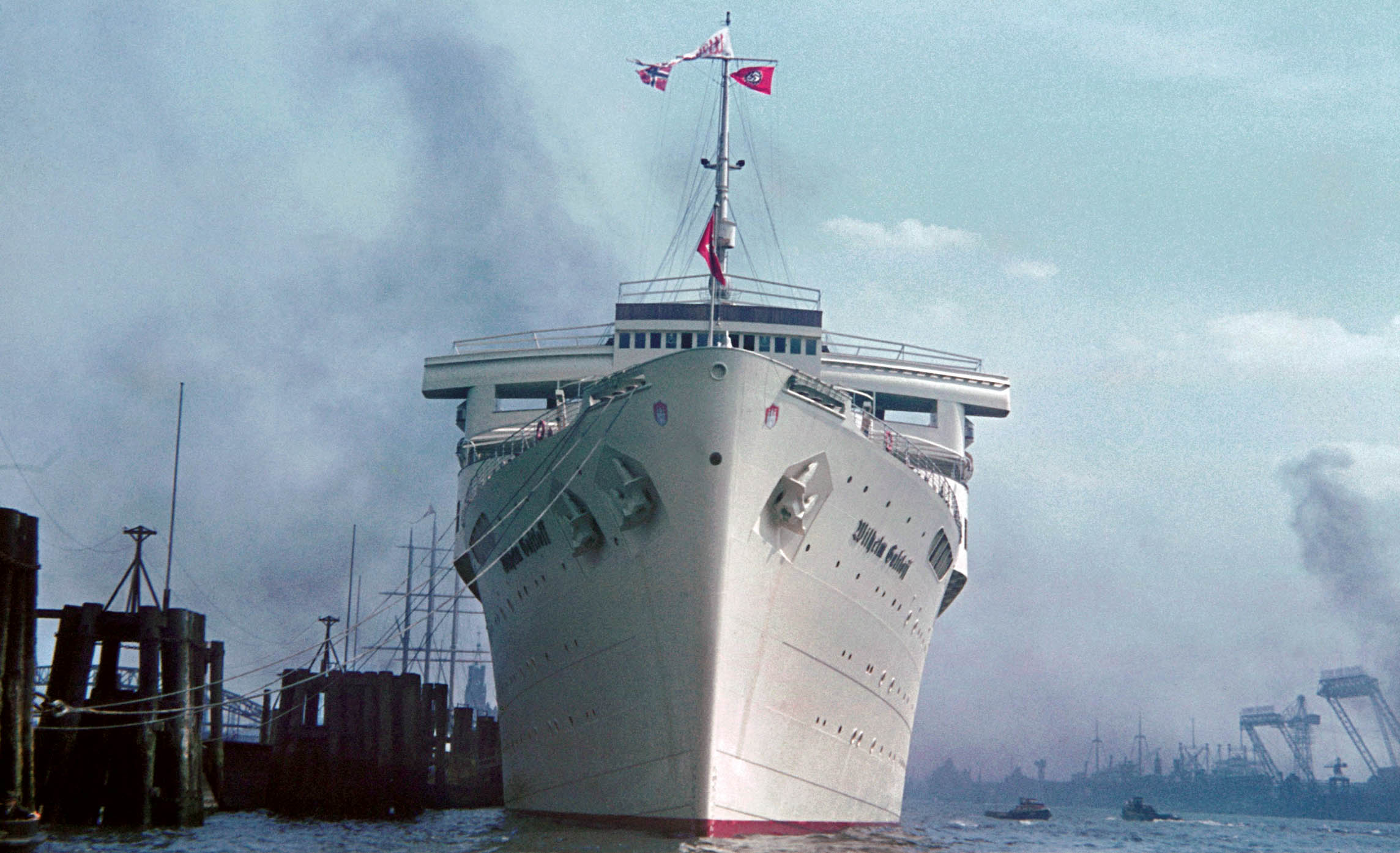
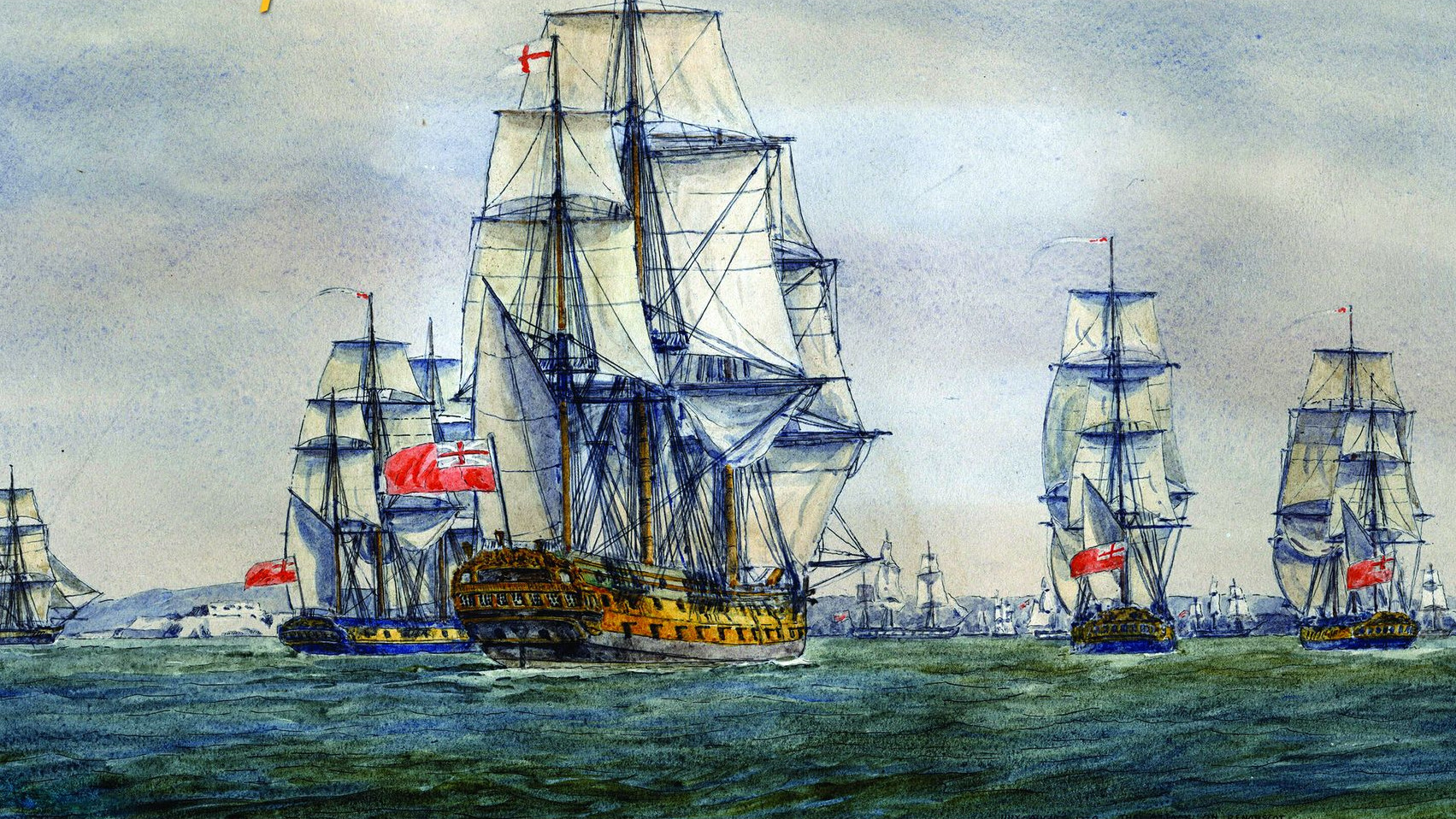
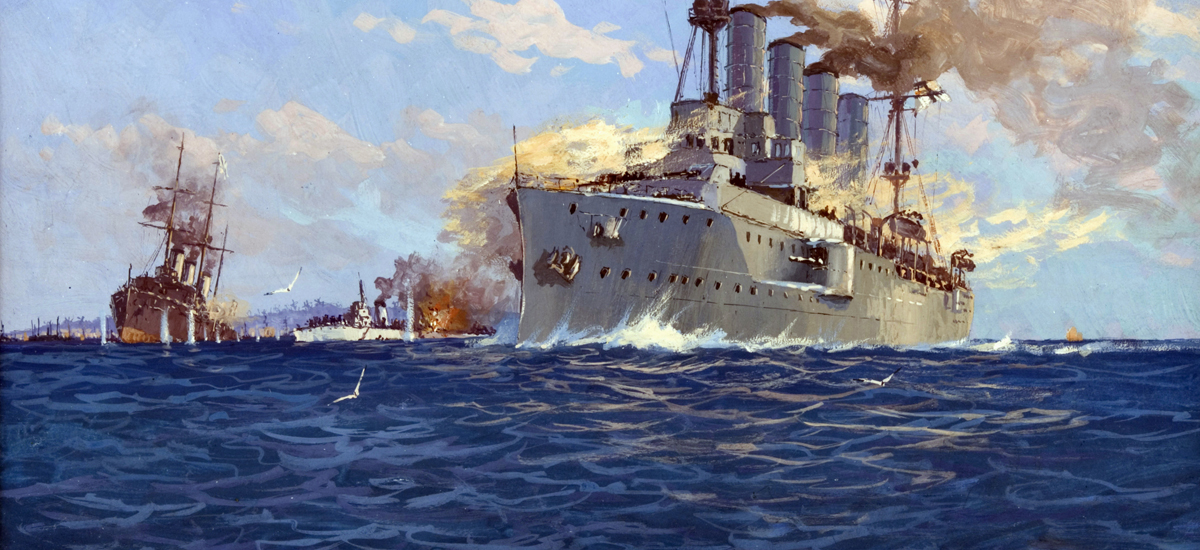
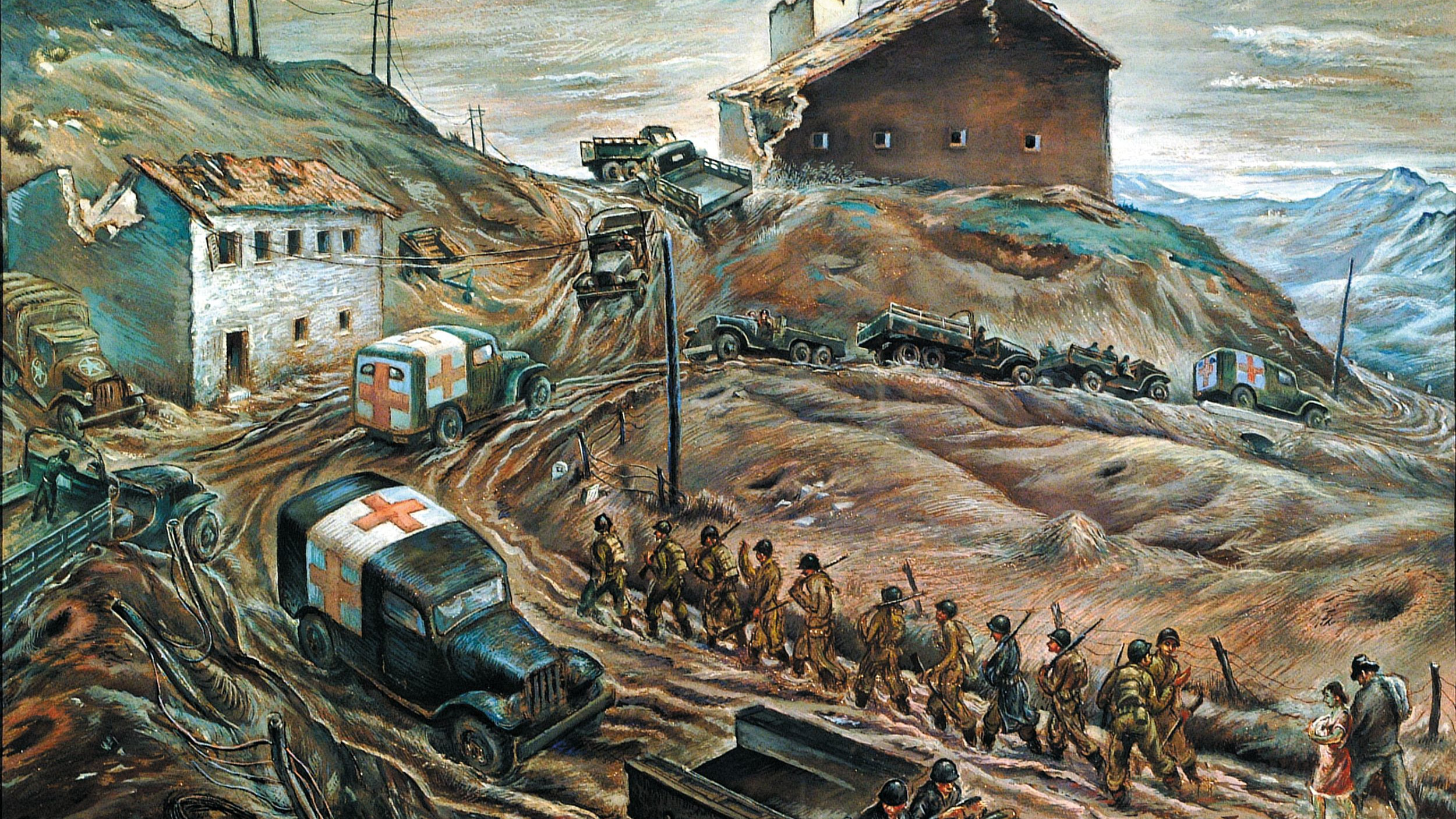
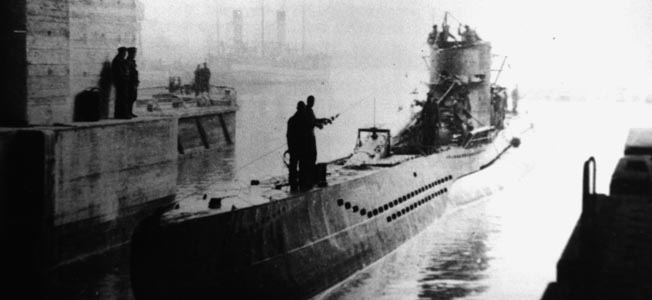
Join The Conversation
Comments
View All Comments